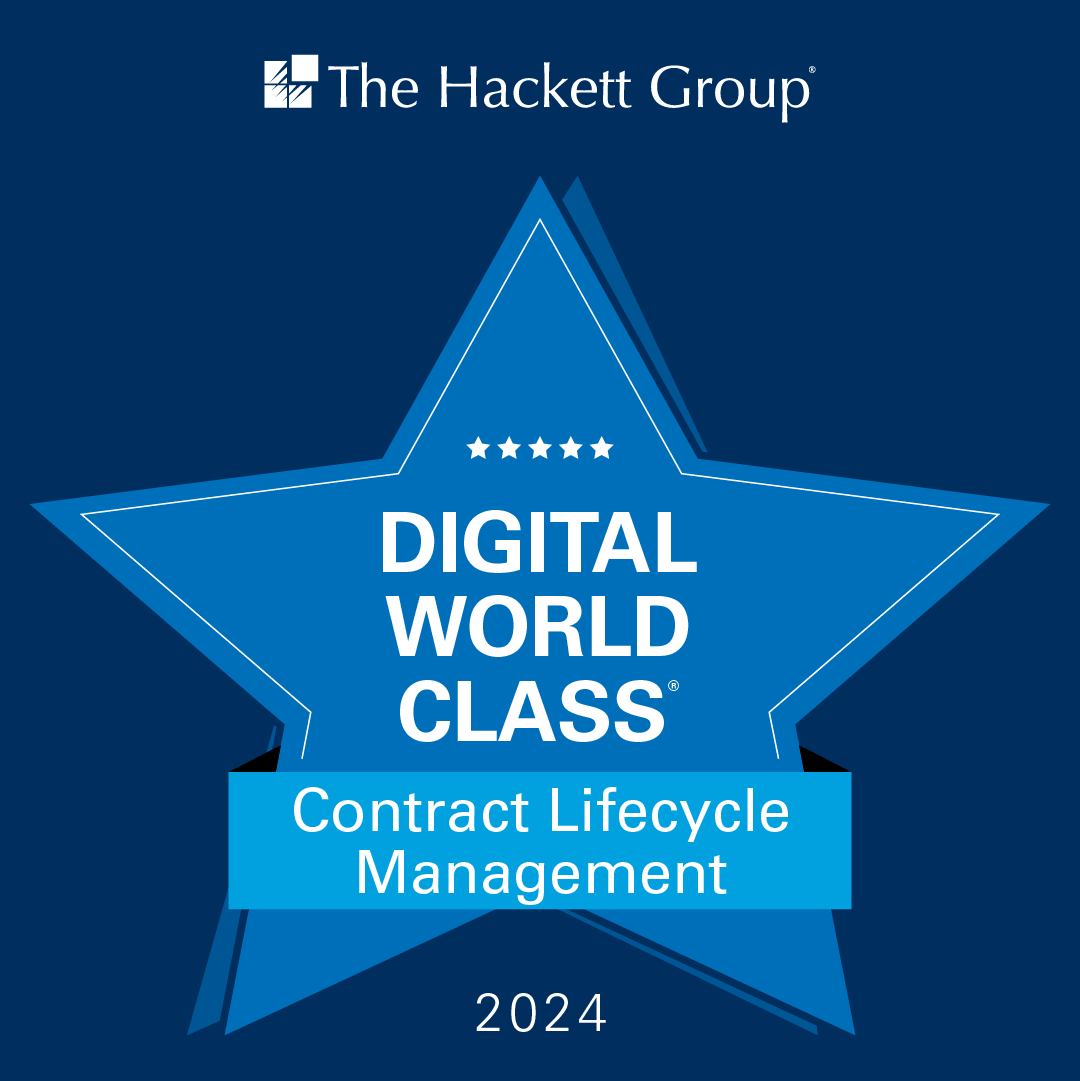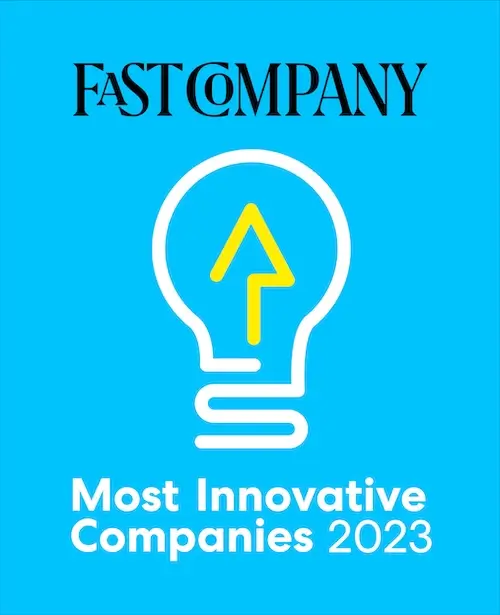With LIBOR (London Inter-Bank Offered Rate) being replaced by SOFR (Secured Overnight Financing Rate) in 2021, hundreds of trillions of dollars of existing financial contracts will need to be addressed, renegotiated, and amended significantly. But searching for references to LIBOR takes up an inordinate amount of time. The task is akin to finding the proverbial needle in the haystack – only there are innumerable haystacks, each containing a single needle, through which to sift.
In one of our recent blog posts, we briefly touched on what’s replacing LIBOR and how the end of LIBOR will affect contracts in the very near future. Here, we elaborate on this highly relevant topic some more, so that you’ll be better prepared for the big switch from LIBOR to SOFR.
WHAT IS LIBOR?
Standing for London Inter-Bank Offered Rate (The name has recently changed to ICE (Inter-Continental Exchange), LIBOR has long been a benchmark for short-term interest rates, whether overnight or over a year, across many different currencies. It has been used worldwide and referenced in millions of contracts between companies. It has even been the interest rate at which banks borrowed from one another. This has been updated every single day by ICE. In essence, they take the highest and lowest figures from every bank before calculating the average rate for that particular day. Over $370 trillion of existing contracts reference to LIBOR worldwide.
Dating all the way back to the late 1960s, LIBOR is said to have been created by a Greek banker. He arranged a syndicated loan closely associated with the funding costs reported by banks at the time. It was then formalized two decades later when the British Bankers’ Association started overseeing the collection and governance of all of this data. Now fast-forward to 2020. Increasingly, LIBOR has played a vital role in global financial markets. It has been widely used as a reference rate for financial contracts. This is something with which to gauge investment returns and funding costs for a whole host of financial products. Think credit cards, floating-rate bank loans, and adjustable-rate mortgages, not to mention those interest rate swaps. Albeit indirectly, LIBOR and other benchmarks have also served as key indicators of shifting sentiment, among investors in global financial markets.
WHAT IS REPLACING LIBOR?
Once called the “world’s most important number,” LIBOR was discredited after the 2008 financial crisis. That’s when authorities in the United States and United Kingdom discovered that traders had manipulated the benchmark in order to turn a profit. As a result of this rigging scandal, major banks around the world were fined billions of dollars. Traders, themselves, were convicted and sentenced to jail time for manipulating LIBOR for personal gain.
Of course, this has left the global financial market in search of a viable alternative to LIBOR. For dollar-denominated securities and loans, that new benchmark is SOFR – or Secured Overnight Financing Rate – which the U.S. Federal Reserve began publishing in 2018. Other countries have introduced their own local-currency-denominated alternative reference rates for short-term lending. SOFR is expected to replace LIBOR as the dominant global benchmark rate. In other words, SOFR will be “the new LIBOR.”
HOW DOES SOFR DIFFER FROM LIBOR?
Both SOFR and LIBOR reflect short-term borrowing costs, but there are key differences between the two. SOFR will be based on actual transactions. This is from an average daily volume of more than $1 trillion in transactions in the United States. LIBOR, in contrast, was based on daily estimates. Whereas LIBOR was based partially on market-data “expert judgment,” SOFR relies exclusively on transaction data. It is widely considered to be a “risk-free” rate that way because it is based on the U.S. Treasury’s.
HOW WILL THE END OF LIBOR AFFECT CONTRACTS?
The transition from LIBOR to SOFR is meant to be steady and gradual. But some pundits have described it as the financial market equivalent of Y2K. Remember the threat of the “Millennium Bug” – that as the year 1999 turned to 2000, the world’s computers would shut down completely? Perhaps that’s overdramatic, like the Y2K scare, itself. Either way, more than $370 trillion of existing financial contracts are intrinsically tied to LIBOR worldwide. Of those, an estimated $200 trillion is denominated in U.S. dollars.
SOFR will be based on a daily volume of over $1 trillion transactions in the U.S.Contracts that end before 2021 are considered secure. But those extending beyond 2021 will need to be completely renegotiated. Also, it is important to note that when the end of LIBOR comes in 2021, banks will no longer have to submit their daily rates.
Adding to the complexity, to account for the differences between LIBOR and SOFR during this important transition, regulators have encouraged institutions to include “fallback clauses” in all new contracts. These will explain how the differences between SOFR and LIBOR will be calculated exactly.
Given the fundamental differences between LIBOR and SOFR, the former simply cannot be ‘swapped out” for the later in existing contracts that reference LIBOR. Appropriate adjustments need to be made. This is a rather monumental task in a relatively short timeframe – with the clock ticking on LIBOR.
CONNECT WITH US TO LEARN MORE
Still, for those companies that braced themselves for it, the end of LIBOR is not a leviathan-like obstacle to overcome. More generally speaking, organizations should think seriously about any and all contingencies in the legal industry today. They ought to be prepared for major changes in the global financial market, such as the switch from LIBOR to SOFR.
At ContractPodAi, we’re always interested in helping you better understand the systems that will best deliver on these needs. So, why not connect with us for a pressure-free discussion about contract lifecycle management (CLM), and how a true end-to-end CLM system – like one from ContractPodAi – can help your organization. We really live for contracts and especially love contract management.
Author:

Manpreet Dhillon
Connect with us on Linkedin











